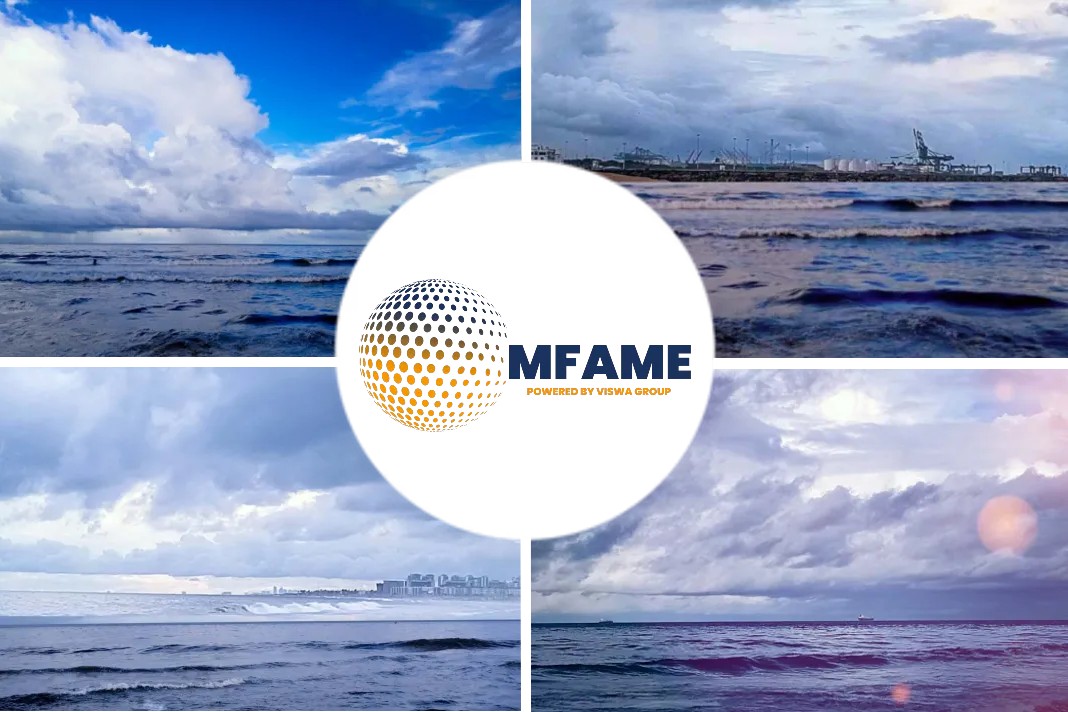Guido Van Meel, Secretary General of Euroshore International (a non-profit association of waste contractors specialised in ships’ waste) discusses the key challenges with respect to scrubbers, taking into consideration a combination of factors that cannot be disregarded amid the legal background.
What is HFO?
Heavy fuel oil (HFO) or residual oil is a by-product of crude oil refining process, and as such containing a lot of the contaminants removed from the lighter oils. This makes it much cheaper than other lighter marine fuels and is the main reason it is used in marine engines.
Also, HFO is very viscous and requires a temperature above pour point in bunkers and storage tanks to ensure efficient transfer and combustion.
The sludge production depends on the quality of the HFO, and is supposed to be between 1% and 2% of the fuel consumption. That means that a 14000TEU container vessel with an average daily consumption of 200t HFO will, on average, produce between 2 and 4ton sludge per 24h. On a voyage from Singapore to Western Europe this means that between 40 and 80m3 of sludge (waste oil) is generated.
Is Scrubbing a good option?
Due to the increasing impact of the exhaust gasses of ships on air quality, acid rain, particulate matter in sensitive areas such as Northern Europe or areas with an existing air quality problem such as the North Sea countries, the East and West Coast of North America; the International Maritime Organisation (IMO) has created special areas.
One option could be the use of exhaust gas after treatment technology (scrubber), in particularly to wash out the pollutants from the exhaust gasses. Due to some uncertainties linked with the implementation of scrubber technology, the success of scrubbers is at this moment limited. However, with a performance of above 90% in washing out sulphur and some other pollutants, a scrubber can be a valid alternative especially when in 2020 the worldwide sulphur cap for seagoing vessels will be 0.5%S. HFO of 2,4% S in combination with a scrubber will easily meet the 0.5% sulphur requirements.
Due to the fact that the scrubber technology is in full development and that scrubbers are tailor made taking into account the size of the vessel and the power of the engine, there are no series of “standard scrubbers” available. That means that test results on the wash waters can vary in function of the HFO that is used and the technology that is used by the manufacturer.
Some of the EU Member states such as Sweden, Germany and Belgium have meanwhile forbidden the use of so-called “open loop” scrubbers in coastal waters and harbours. Other countries are carrying out an environmental impact study, that can limit the use of scrubbers. This vagueness in legislation limits the success of scrubbers.
Neutralise wash water pH
Another uncertainty is the fact that the US has set its own standards for scrubbers. According to IMO a pH of 6,5 should be met 4m outside the hull, which mean that at the outlet the pH can be 3. In the US, the pH should be 6 at the outlet! This will result in the use of a neutraliser in order to increase the pH value.
Closed loop or hybrid systems use probably NaOH to neutralise the pH and capture the pollutants.
Toxic sludges
Closed loop scrubbers use a medium such as sodium hydroxide, sometimes called caustic soda, and the system will generate “sludge” which contains massive amounts of sulphur and other pollutants such as heavy metals. The waste can corrode metals, which will generate extra maintenance costs.
Indeed, scrubber sludge, is a waste which is difficult to handle. It has practically no caloric value, which makes incineration expensive; meaning that it should be brought to a dump for hazardous waste.
Conclusion
Only 2-3 years ago DNV predicted that scrubbers could be installed on 25-30% of the world fleet.
Today, the scrubber manufacturers said they have sold exhaust gas cleaning systems to be installed on 750 ships by the end of 2020. (ca 1% of the world fleet).
But, in the ECA’s with more strict sulphur requirements (0,1%) we can expect that they will be more successful. As the author doesn’t possess a crystal ball we can only conclude “with time comes counsel”.
Probably, the combination of factors such as the uncertainty on the price gap between high and low sulphur fuels, the legal framework with differences between the US and EU and within the EU will play a role in the pick-up of this technology.
Did you subscribe for our daily newsletter?
It’s Free! Click here to Subscribe!
Source: Safety4sea























